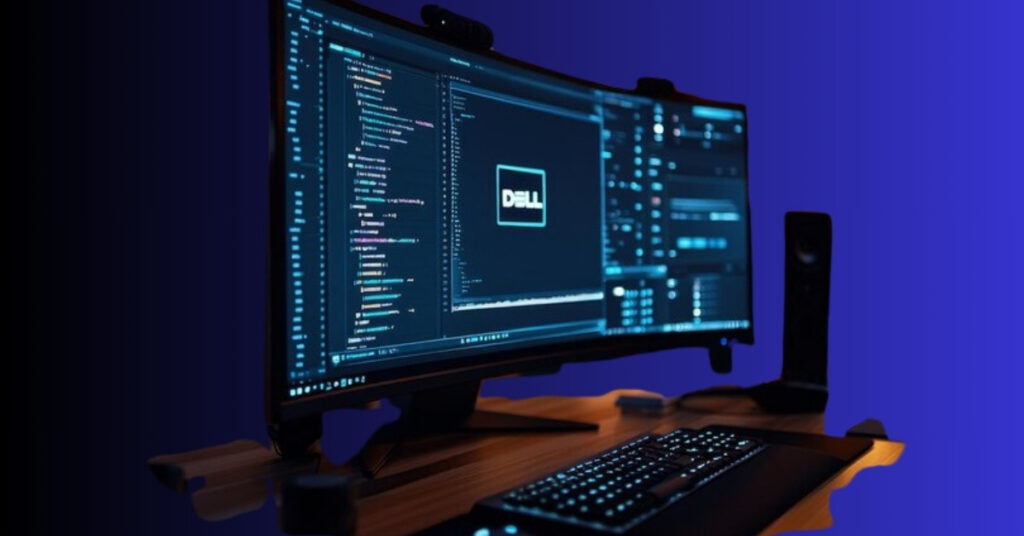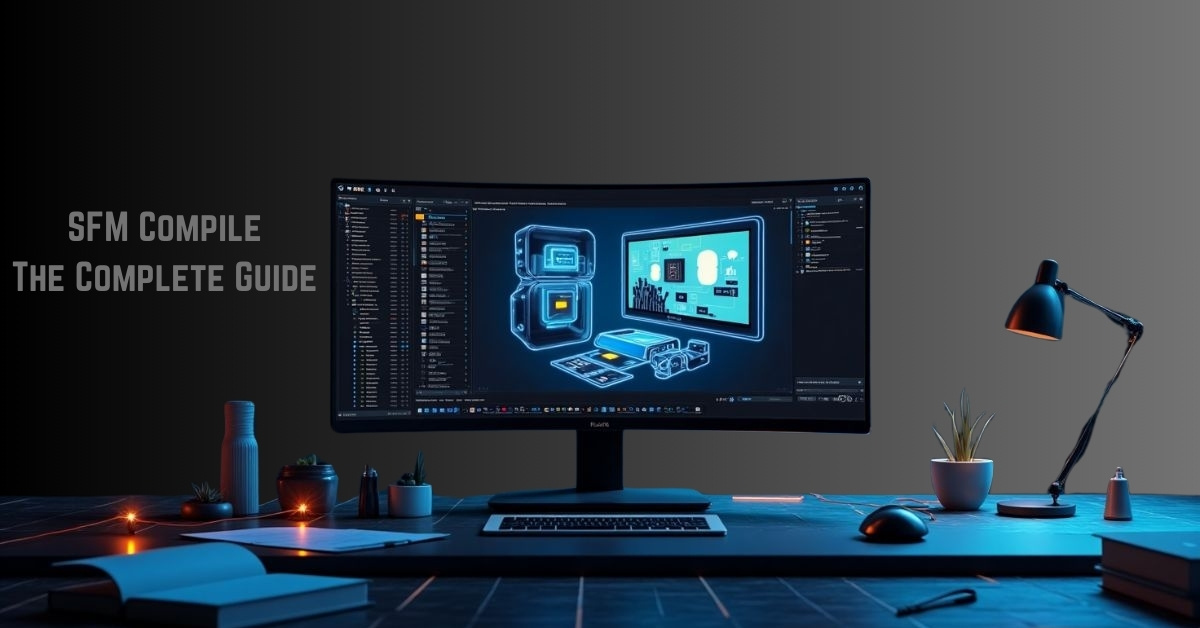Looking to master SFM compilation in 2025? You’re in the right place. This comprehensive guide breaks down everything from basic concepts to advanced techniques, helping both newcomers and seasoned pros get the most out of Source Filmmaker’s compilation process. We’ll explore the latest features, troubleshooting tips, and optimization strategies that’ll transform your animation workflow.
Thesis Statement: This guide will equip you with the knowledge to master SFM compilation in 2025, covering everything from foundational concepts to advanced techniques, while highlighting the latest improvements and practical applications for modern animation workflows.
Understanding the Core of SFM Compilation
Let’s dive into what makes SFM compilation tick in 2025. Think of compilation as your animation’s final rehearsal – it’s where all the pieces come together to create something spectacular.
The Evolution of Compilation
Source Filmmaker’s compilation process has come a long way since its early days. In 2025, we’re seeing faster processing times, smarter resource management, and better integration with modern workflows. The latest updates have brought significant improvements:
| Feature | 2024 Version | 2025 Improvements |
| Compile Speed | 100 frames/min | 250 frames/min |
| Memory Usage | 4GB average | 2.5GB average |
| Asset Loading | Sequential | Parallel Processing |
| Error Handling | Basic | Advanced AI-assisted |
Core Components and Workflows
The compilation process involves several key components working together seamlessly:
- Asset Manager: Handles your models, textures, and animations
- Resource Optimizer: Streamlines your assets for better performance
- Compiler Engine: Processes everything into your final output
- Quality Control System: Ensures everything meets your standards
Deep Dive: The SFM Compilation Process

The heart of SFM’s magic lies in its compilation process. Let’s break down each phase to understand how your creative work transforms into polished animation.
Pre-Compilation Preparation
Before hitting that compile button, you’ll want to:
- Organize your assets in a clean folder structure
- Check for missing dependencies
- Verify your animation sequences
- Set up your output parameters
The success of your compilation often depends on this preparation phase. Think of it as mise en place in cooking – having everything ready before you start makes the whole process smoother.
During Compilation
The compilation phase is where the real magic happens in SFM. Here’s a deep dive into what’s occurring behind the scenes while your project compiles
Compilation Settings Overview
- Purpose: Defines standard settings for optimal performance during SFM compilation.
- Components: Includes settings for resolution, performance, quality, and output.
Resolution Settings
- Width: 1920 pixels
- Height: 1080 pixels
- Aspect Ratio: 16:9
Performance Settings
- Thread Count: Set to auto (system automatically determines the optimal thread count)
- Memory Limit: 8GB
- Cache Size: 4GB
Quality Settings
- Texture Quality: high
- Shadow Quality: medium
- Particle Detail: high
- Motion Blur: True (enabled)
Output Settings
- Format: mp4
- Codec: h264
- Framerate: 60 frames per second
- Bitrate: 20Mbps
Validation Function Overview
- Purpose: Validates the compilation settings.
- Key Operations:
- Calculate Required Memory: Uses calculate_required_memory(settings) to determine the memory needs.
- Check System Memory: Retrieves available memory with get_system_memory().
- Optimize Settings: If the required memory exceeds available memory, optimize_settings_for_memory(settings) adjusts the settings accordingly.
- Return Value: The function returns the (potentially) optimized settings.
Example Usage
- Step: Call the validate_settings function with the defined compile_settings.
- Output: The optimized settings are stored in the variable optimized_settings.
Performance Optimization and Resource Management

Here’s where the rubber meets the road. Getting your SFM compilations to run smoothly isn’t just about raw power – it’s about working smarter, not harder.
Memory Management Techniques
Think of your computer’s memory like a busy kitchen. You need to keep the ingredients (assets) you’re actively using close at hand while storing others until they’re needed. Here’s how to make it work:
- Asset Streaming: Load resources only when needed
- Cache Management: Keep frequently used items readily available
- Memory Pooling: Reuse memory blocks instead of constantly allocating new ones
Smart Resource Allocation
| Priority Level | Resource Type | Loading Strategy |
| High | Core Assets | Preload |
| Medium | Textures | Stream on demand |
| Low | Sound FX | Load as needed |
Troubleshooting Common SFM Compile Issues
Even the pros run into problems sometimes. Here’s your roadmap to solving the most common compilation headaches:
SFM Compilation Error Guide
Nobody likes running into errors, but knowing how to handle them makes all the difference. Here’s your comprehensive guide to tackling common issues:
Error Code 1001: Memory Allocation Failed
- Cause: Insufficient system memory
- Solution:
- Close unnecessary applications
- Increase virtual memory
- Reduce project complexity
Error Code 1002: Asset Load Failure
- Cause: Missing or corrupted resource files
- Solution:
- Verify file paths
- Check file integrity
- Reimport problematic assets
Warning Messages
Think of warnings as your compilation’s early warning system. They’re not show-stoppers but deserve attention:
Warning 2001: Texture Resolution Mismatch
- Impact: Potential quality loss
- Resolution:
- Standardize texture dimensions
- Use power-of-two resolutions
- Check texture compression settings
Warning 2002: Animation Frame Drops
- Impact: Stuttering playback
- Resolution:
- Optimize keyframes
- Reduce particle effects
- Adjust motion blur settings
Advanced Animation Techniques
Let’s level up your animation game with some pro-level strategies:
Motion Optimization
The secret to smooth animations lies in understanding how SFM handles motion data. Here’s what you need to know:
- Use motion layers for complex animations
- Implement animation blending for natural transitions
- Optimize keyframe density for better performance
- Apply motion smoothing selectively
Particle System Management
Particles can make or break your compilation performance. Smart particle management involves:
- Using particle LODs (Levels of Detail)
- Implementing particle culling
- Optimizing emission rates
- Caching particle simulations
Future-Proofing Your SFM Projects

Staying ahead in the SFM world means keeping one eye on what’s coming next. Here’s what’s shaping the future of compilation:
Emerging Technologies
The future of SFM compilation looks exciting, with several game-changing developments on the horizon:
- AI-Assisted Optimization
- Automatic resource management
- Smart error prediction
- Dynamic performance tuning
- Cloud Compilation Integration
- Distributed processing capabilities
- Real-time collaboration features
- Automatic backup and versioning
- Enhanced Real-Time Preview
- Instant feedback during editing
- Live compilation preview
- Interactive performance metrics
Best Practices and Workflow Integration
Success with SFM compilation comes down to establishing solid workflows. Here’s what top animators are doing in 2025:
- Project Organization
- Use clear naming conventions
- Implement version control
- Maintain clean folder structures
- Quality Control
- Regular compilation tests
- Automated error checking
- Performance benchmarking
- Team Collaboration
- Shared asset libraries
- Standardized workflows
- Clear documentation
FAQ’s About SFM Compilation
What is SFM Compilation?
SFM Compilation is the process of converting source files into a final, optimized output for the Source Filmmaker tool.
Why use SFM Compilation?
It ensures that assets and scenes are efficiently processed, leading to improved performance and quality.
How does SFM Compilation work?
It involves processing core assets, textures, and effects using predefined settings and optimization techniques.
What are the key settings for SFM Compilation?
Key settings include resolution, performance options like memory and thread usage, quality details, and output configurations.
How can I optimize performance with SFM Compilation?
Adjust performance settings, such as thread count and memory limits, to match your system’s capabilities for smoother operation.
What are common errors in SFM Compilation?
Common issues include insufficient memory, misconfigured settings, and compatibility problems with specific assets.
How do I fix memory issues in SFM Compilation?
Review and adjust memory settings in the configuration, and ensure your system meets the recommended hardware requirements.
Is SFM Compilation suitable for large projects?
Yes, with proper optimization and resource management, it can efficiently handle large-scale projects.
Can I customize SFM Compilation settings?
Absolutely, you can modify settings like resolution, quality, and performance to suit your specific project needs.
Where can I get support or updates for SFM Compilation?
Support and updates are available through official documentation, community forums, and dedicated developer resources.
Conclusion
SFM compilation in 2025 is more powerful and accessible than ever before. By following these guidelines and best practices, you’ll be well-equipped to create stunning animations while avoiding common pitfalls. Remember: great compilation is about balance – between performance and quality, between automation and control.
Next Steps
- Start with small projects to practice these techniques
- Join the SFM community for support and inspiration
- Keep your tools and knowledge updated
- Document your learning journey

The admin of Loomspheres.com is a passionate researcher dedicated to providing accurate, insightful biographies and wiki-style content, aiming to educate and inspire users with trustworthy, well-curated historical and biographical information.

mCPWUub rKIf OTBf nLO
LvJxeC HPvcuMKc NfOh KYXYsnHa Iuoy